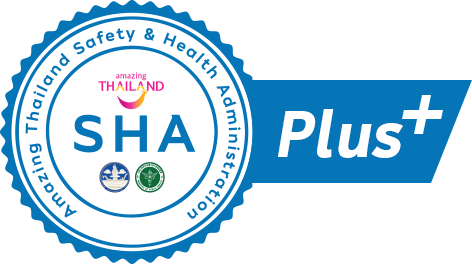รายละเอียด
Details
บ้านเชียงเป็นแหล่งโบราณคดีสำคัญแห่งหนึ่งของประเทศไทย ที่มีการดำเนินการขุดค้นและศึกษาวิจัยในลักษณะสหวิทยาการตามโครงการความร่วมมือระหว่างประเทศไทยและสหรัฐอเมริกา ซึ่งเริ่มขึ้นเมื่อพุทธศักราช ๒๕๑๘ หลักฐานทางโบราณคดีที่พบจำนวนมากล้วนเป็นสิ่งยืนยันถึงความรุ่งเรืองแห่งภูมิปัญญามนุษย์ในอดีตผู้เป็นเจ้าของวัฒนธรรม นำไปสู่การให้คำตอบว่า ผู้คนในอดีตที่บ้านเชียง เริ่มตั้งถิ่นฐานเป็นชุมชนเกษตรกรรมตั้งแต่ประมาณ 5,600 ปีมาแล้ว และต่อมาสามารถสร้างสรรค์เครื่องมือเครื่องใช้จากโลหะสำริดและเหล็ก การค้นพบดังกล่าวนับเป็นจุดเปลี่ยนแนวคิดของนักวิชาการด้านประวัติศาสตร์และโบราณคดีในรุ่นก่อนๆ เกี่ยวกับวัฒนธรรมยุคก่อนประวัติศาสตร์ของภูมิภาคเอเชียตะวันออกเฉียงใต้ที่เคยเชื่อว่าล้าหลังกว่าภูมิภาคอื่นส่งผลให้เกิดการดำเนินงาน โบราณคดีก่อนประวัติศาสตร์ในประเทศไทยอย่างกว้างขวาง แหล่งโบราณคดีบ้านเชียงจึงมีความสำคัญในฐานะมรดกทางวัฒนธรรมของประเทศไทยและของโลก องค์การการศึกษาวิทยาศาสตร์และวัฒนธรรมแห่งสหประชาชาติ (ยูเนสโก) จึงได้ประกาศให้บ้านเชียงเป็นแหล่งมรดกโลกทางวัฒนธรรม ลำดับที่ 359 เมื่อปีพุทธศักราช 2535
5,000 years ago at Ban Chiang. It was 5,000 years ago.The prehistoric humans, who lived on the mound at the current location of Ban Chiang, live by hunting, seeking for the wild things and
the agriculture; for instance, animals domestication, farming, and the handicrafts;
for example, pottery, weaving, doning basketry. Until approximately 4,000 years
ago, they gained knowledge to use iron to make tools. And they also favored to make their ornaments from bronze. The mound in the location of BanChiang,was utilized for the funeral, namely, cemetary and graveyard, for the people in that time. When a member of family died, they will be buried here. Sometimes, it was found that they took a scrap of a big container to lie for its edge, including to the spread or the cover of the cropse.Some cropse were decorated by their utensils, ornaments and food. For this reason, it was buried as the things for the devotion; for
instance, the steel tool, the stone, the pottery, the bangle, the bronze collar, the pig’s molar, the pig’s skull, the pieces from cattle, deer, turtle, and rice. The burial in Ban Chiang culture can be divided into 3 periods, in particularly, the early period, the middle period, and the late period.



